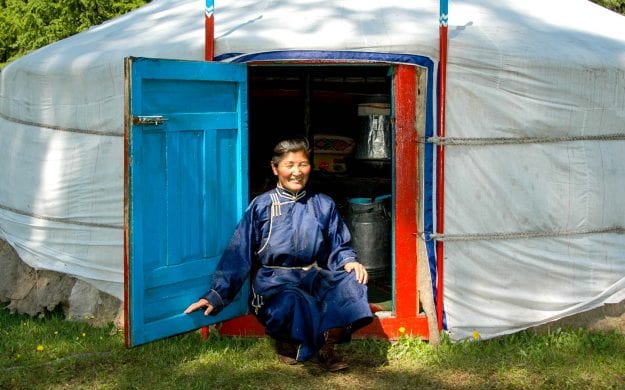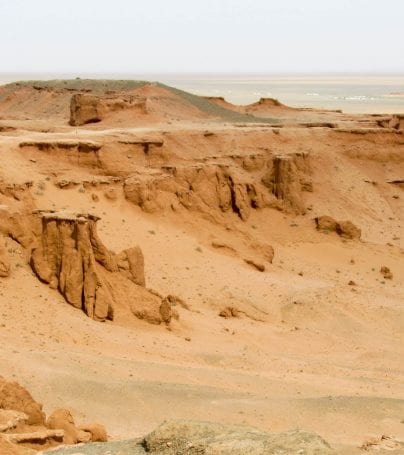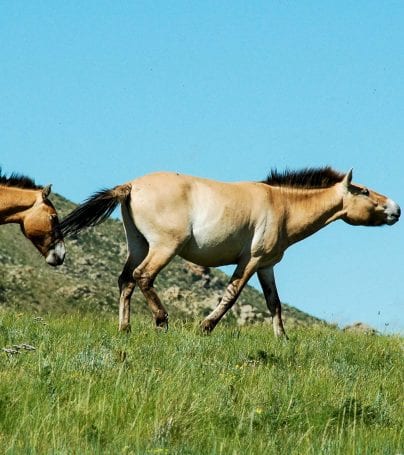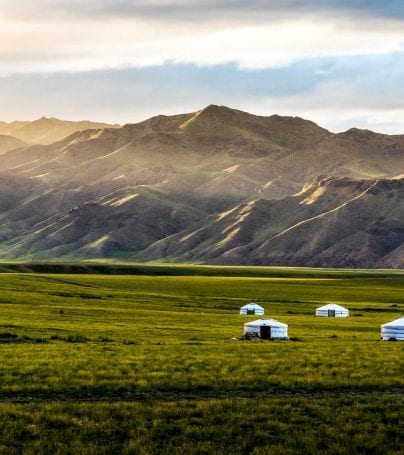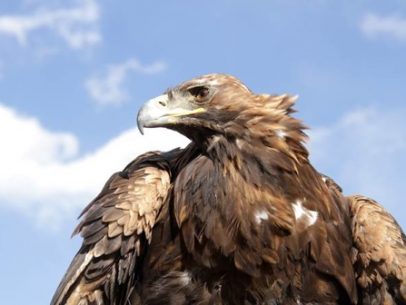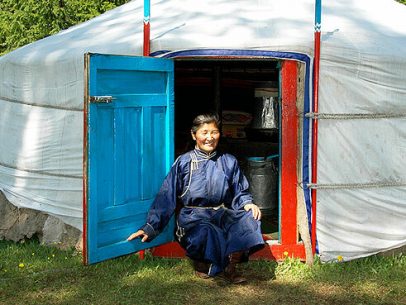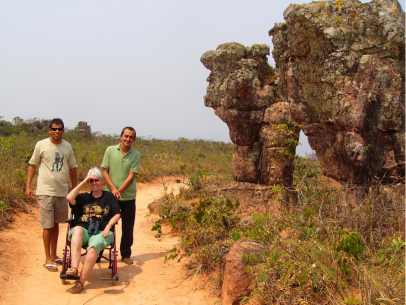Gobi Desert Adventure Tours
The Gobi is a large desert region in Asia. It covers parts of northern and northwestern China, and of southern Mongolia. The desert basins of the Gobi are bounded by the Altai Mountains and the grasslands and steppes of Mongolia on the north, by the Hexi Corridor and Tibetan Plateau to the southwest, and by the North China Plain to the southeast. The Gobi is most notable in history as part of the great Mongol Empire, and as the location of several important cities along the Silk Road. The Gobi is made up of several distinct ecological and geographic regions based on variations in climate and topography. One is the Eastern Gobi desert steppe Ecoregion, a Palearctic ecoregion in the Deserts and xeric shrublands Biome, home to the Bactrian camel and various other animals. It is a rain shadow desert formed by the Himalaya range blocking rain-carrying clouds from reaching the Gobi from the Indian Ocean. The Gobi measures over 1,610 km (1,000 mi) from southwest to northeast and 800 km (500 mi) from north to south. The desert is widest in the west, along the line joining the Lake Bosten and the Lop Nor (87°-89° east). It occupies an arc of land 1,295,000 km2 (500,002 sq mi) in area as of 2007, making it fifth largest in the world and Asia’s largest. Much of the Gobi is not sandy but is covered with bare rock.
In its broadest definition, the Gobi includes the long stretch of desert and semi-desert area extending from the foot of the Pamirs, 77° east, to the Greater Khingan Mountains, 116°-118° east, on the border of Manchuria; and from the foothills of the Altay, Sayan, and Yablonoi mountain ranges on the north to the Kunlun, Altyn-Tagh, and Qilian mountain ranges, which form the northern edges of the Tibetan Plateau, on the south.
A relatively large area on the east side of the Greater Khingan range, between the upper waters of the Songhua (Sungari) and the upper waters of the Liao-ho, is also reckoned to belong to the Gobi by conventional usage. On the other hand, geographers and ecologists prefer to regard the western area of the Gobi region (as defined above), the basin of the Tarim in Xinjiang and the desert basin of Lop Nor and Hami (Kumul) as forming a separate and independent desert, called the Taklamakan Desert.
The Nemegt Basin in the northwestern part of the Gobi Desert (in Mongolia) is famous for its fossil treasures, including early mammals, dinosaur eggs, and even prehistoric stone implements, some 100,000 years old.
Customize Your Dream Adventure
We are here to help craft tailor-made adventures for individuals, couples, families, and groups of explorers.

